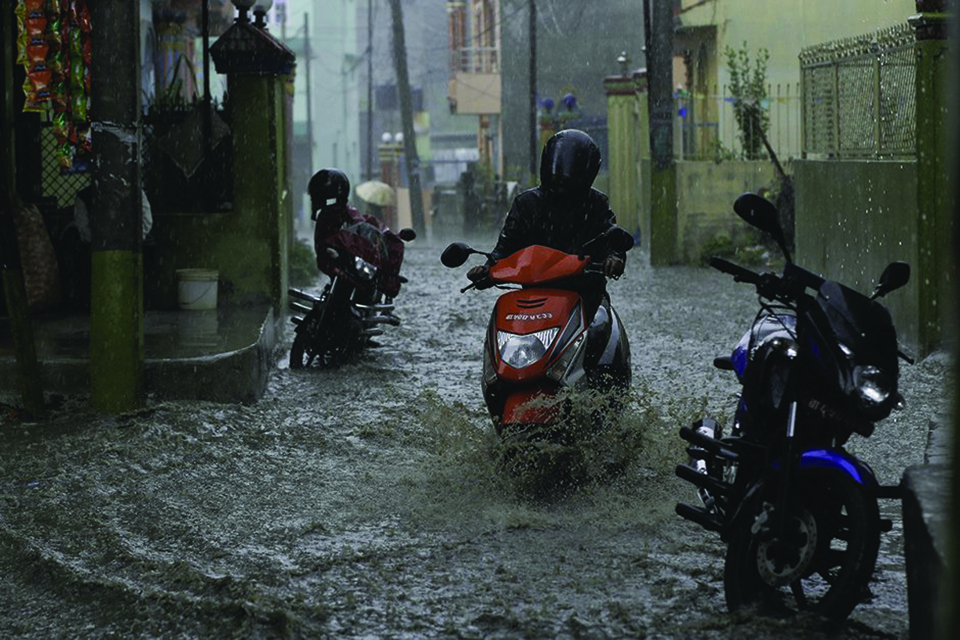Toastmasters Nepal celebrates Citation 2024
6 days ago
We are a team of professional management and journalists — one of the best in the Nepali media. Our duty toward our readers is to provide them with impartial news, bold views, in-depth analysis and thought-provoking commentary. We shall do this without fear or favor, and we shall be guided by nothing but our conscience.
Know More
The onset of monsoon, following a prolonged drought, has already begun wreaking havoc across the country. Reports of floods, landslides, and loss of life are emerging from various parts of the country. Since the onset of the monsoon, a total of 62 people have died, with four people reported missing, and 90 others injured due to monsoon-induced disasters like floods, landslides, and lightning. The death toll has almost doubled in the last few days as incessant rainfall wreaked havoc across the country. As of July 5, only 28 people had lost their lives, one person was reported missing, and 25 others were injured in monsoon-related incidents. Since then, heavy and continuous rainfall has worsened the condition in most parts of the country, according to the National Disaster Risk Reduction and Management Authority (NDRRMA) and the National Emergency Operation Center (NEOC) under the Ministry of Home Affairs. Additionally, the floods and landslides have caused a loss of properties worth several millions of rupees already.
As the monsoon season of this year has just begun, there is a need to take additional precautions. In the coming days, the incidents and floods triggered by monsoon rainfall are expected to escalate nationwide as the Department of Meteorology and Hydrology has predicted more than average rainfall this year. Modern technology has improved weather forecasting, yet the unpredictable nature of monsoon rains persists. Instances of floods, landslides, and other destructive events appear to be on the rise due to erratic precipitation patterns—too much rain, too little rain, or uneven distribution. Road closures due to landslides and erosion are rampant and river levels are nearing dangerous thresholds. Deforestation along riverbanks and in settlements and fields has exacerbated these risks, prompting warnings to residents to exercise caution. However, the government's ability to issue public warnings does not necessarily translate to effective disaster preparedness.
The tendency to overlook minor incidents and react with panic to major ones remains entrenched within the government system. Nepal's rescue capabilities, particularly its security forces, are reputed to be skilled and dedicated. Nevertheless, deficiencies in resources, information and coordination hamper effective rescue operations year after year. Political turmoil during natural calamities exacerbates administrative challenges, potentially compounding the crisis. It is imperative that rescue and emergency response be swift and automatic during disasters. Nepal has established institutional frameworks for disaster management, but insufficient budgets, manpower, and autonomy prevent these institutions from operating effectively. Nonetheless, security agencies and other response mechanisms remain vigilant to aid those affected by floods, landslides, erosion, and inundations. People affected by natural disasters should not be deprived of assistance due to political instability. The readiness of response mechanisms must be assured irrespective of the prevailing political circumstances.
Leave A Comment